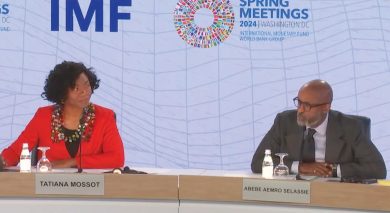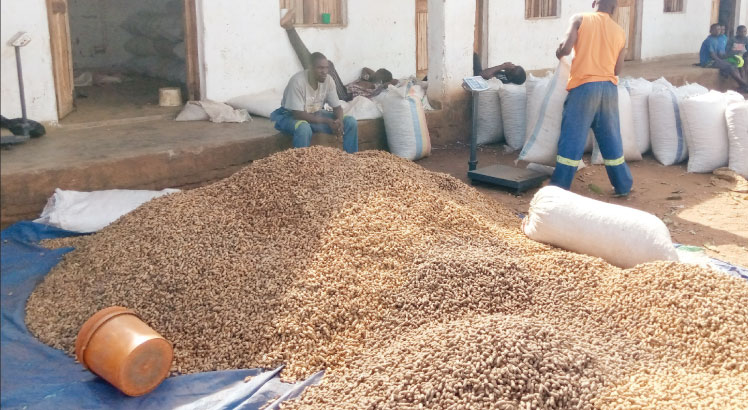T-Bills rates decline to induce fall in bank rates
 Treasury Bills (T-bills) rates are expected to induce a fall in commercial bank interest rates, an expert has said.
Treasury Bills (T-bills) rates are expected to induce a fall in commercial bank interest rates, an expert has said.
An analysis of T-bills rates indicate that there has been a decline on all three tenors by about 15.38 percent in the past four weeks, apparently raising hopes of a consequent decline in commercial bank interest rates.
A further analysis of T-bills issued in April 2013 indicates that the rates have declined from an average of 43.05 percent on March 26 to 36.43 percent on April 30 moving down by a whopping 15 percent in the period.
Chancellor College economics professor Ben Kaluwa, in an interview on Monday when asked about the implications of the trend, said the decline in the rates may lead to a fall in commercial bank interest rates.
“T-bills interest rates are positively correlated to commercial bank interest rates. This means that as the T-bills rates rise, so do commercial bank interest rates and this applies to the converse. We should be expecting a consequent decline in commercial interest rates as a result of the decline in the T-bills rates.
“The decline in the rates is an indication that government is reducing its appetite on domestic borrowing, consequently creating less demand for T-bills, thereby causing a decline in the rates,” said Kaluwa.
He argued that the decline in the T-bills rates may not be attributed to the ongoing tobacco marketing season, but was quick to note that an improvement in food availability will cause a decline in inflation rate.
He further pointed out that with inflation going down, interest rates will certainly be pushed downwards.
An analysis of the T-bills issued in April indicate, a general decline in the T-bills rates from a peak in early April.
However , in the first quarter of 2013, due to government’s huge appetite for local borrowing, and an illiquid market, T-bills rates rose from about 25 percent in January to 43 percent in March. This consequently had a spillover to commercial bank interest rates, pushing them up to around 45 percent, thereby causing more pain to borrowers and hence causing high default rates.
Other indicators such as foreign exchange reserves, exchange rate and inflation were equally appalling in the period.
However, in the past few weeks, there has been a turnaround in most of the country’s macroeconomic indicators as indicated by the stabilisation of the local unit, an improvement in the foreign exchange reserves and easing of inflation rate.
According to official selling rates of the kwacha against the dollar published in The Nation , on Friday last week the dollar was selling at K402 at CDH Investment Bank, K400 at National Bank of Malawi and K410 at Indebank down from over K420 it settled for about a month.
Experts have attributed the stabilisation of the kwacha against major trading currencies and improvement in foreign exchange reserves to the tobacco marketing season underway which has so far raked in over $72.39 million (K29 billion).
On one hand, Malawi’s year-on-year headline inflation has for the first time in the past 12 months registered a drop, marginally decelerating to 36.4 percent in March from 37.9 percent in February thanks to improved food availability in most parts of the country which contributed to the fall in the food inflation basket.





